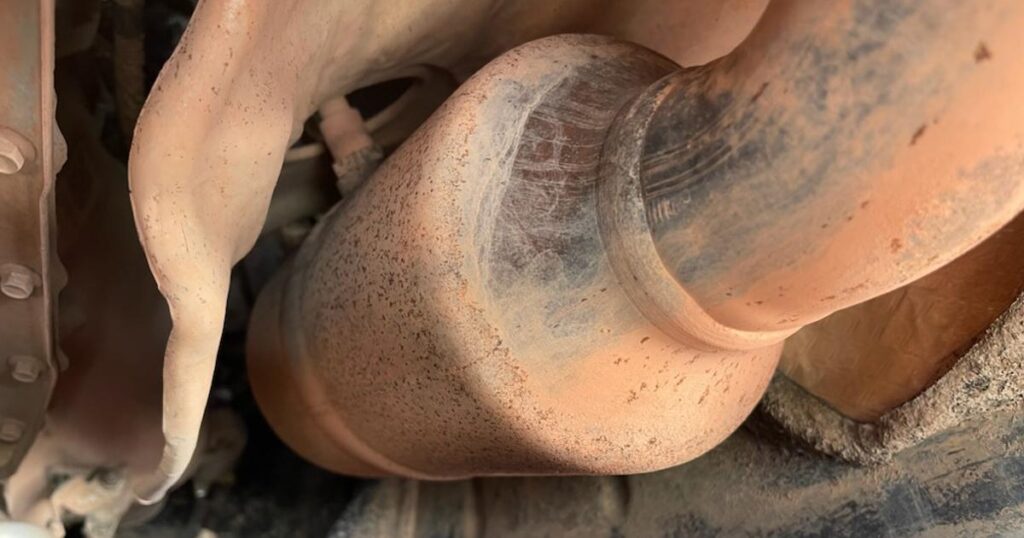What Is a Catalytic Converter and What Does It Do?

A catalytic converter is an emissions control device that is installed in the exhaust system of a vehicle. It is designed to convert harmful pollutants, such as carbon monoxide, hydrocarbons, and nitrogen oxides, into less harmful emissions before they are released into the atmosphere. The catalytic converter works by using a catalyst, typically a precious metal such as platinum, palladium, or rhodium, to facilitate chemical reactions that convert the pollutants into less harmful substances.
Catalytic converters are an important part of a vehicle’s emissions control system and are required by law in most countries to help reduce air pollution. They are typically located in the exhaust pipe, downstream of the engine, and are designed to be durable and long-lasting. However, like any other component of a vehicle, catalytic converters can fail or become damaged over time and may need to be replaced.
If you have concerns about the performance of your vehicle’s catalytic converter, it is recommended that you consult a mechanic or a professional automotive technician. They will be able to diagnose any problems with the converter and recommend the appropriate repairs or replacements.






